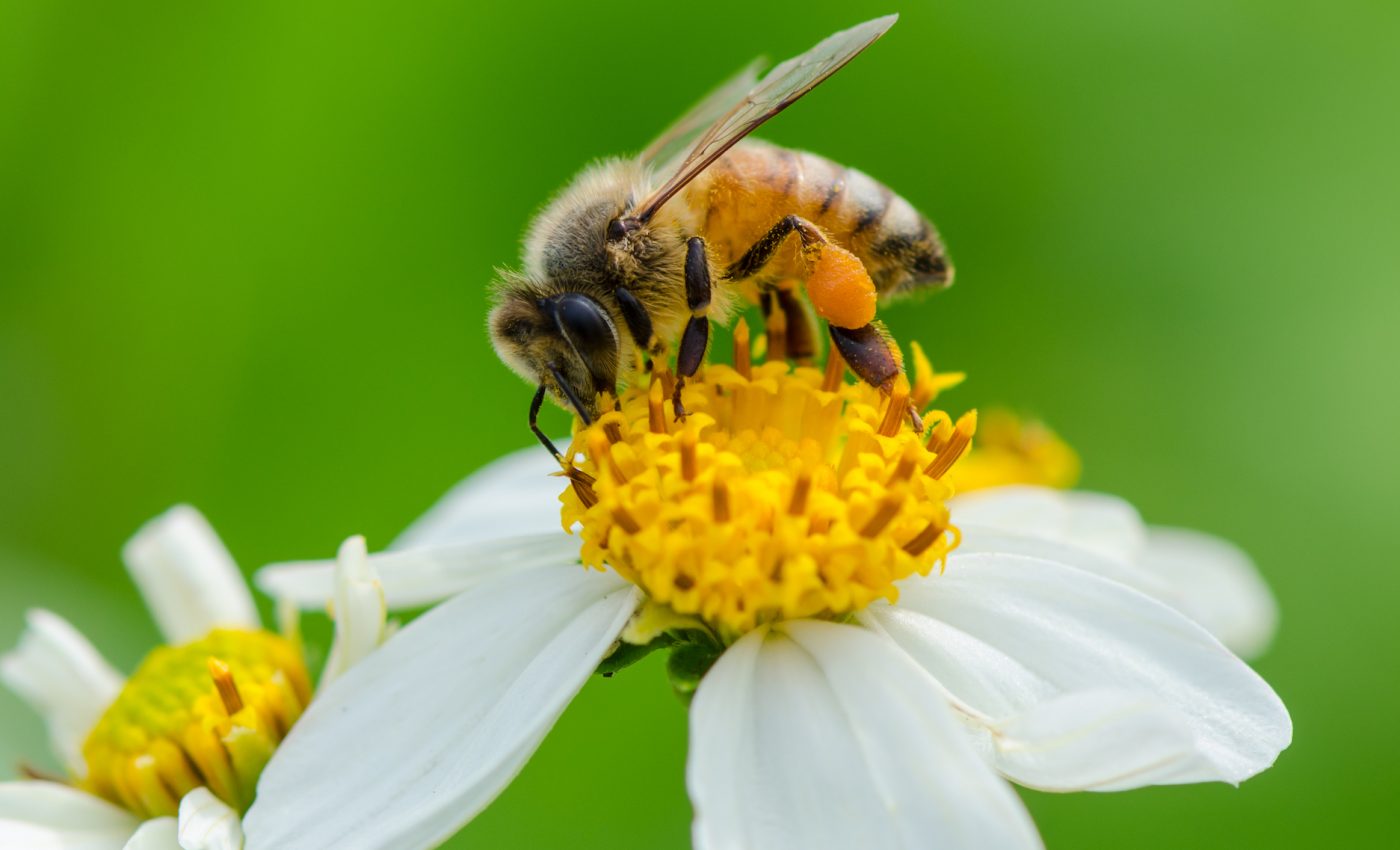
For honey bees, pollen collection varies depending on the season
For honey bees, pollen collection varies depending on the season. Honey bees are one of nature’s most important pollinators, but aside from helping plants reproduce, honey bees depend on pollen for healthy offspring and colony survival.
In a new study, researchers from Texas A&M University have discovered that pollen availability and diversity changes depending on the season.
Protein-rich pollen is vital for a healthy bee brood, but if nutrient-poor pollen is only available during certain seasons, it could adversely impact bee colonies.
For the study, the researchers placed pollen traps at hive entrances in both urban and suburban areas in California, Texas, Florida, and Michigan. The pollen traps passively collected pollen from foraging honey bees returning to the hive.
In total, the researchers collected and sampled pollen from 394 sites, taking pollen samples during different months from 2014-2015 to get a feel for pollen and seasonal variability.
The pollen grains were identified down to the family, genus, and species when possible, and the researchers found that honey bees in California have the most diverse range of pollen grains to harvest.
Honey bees in Texas have the lowest diversity of grains to collect. Not surprisingly, pollen was abundant in spring, but only a few plant groups provided pollen all year round.For honey bees, pollen collection varies depending on the season
Legumes, oaks, daisies, and roses were the most popular sources of pollen in all four states.
The study, published in the journal PLOS ONE, provides insight in bee foraging and seasonal variations in pollen availability which could help gardeners and city planners make proactive choices to ensure that bees have plentiful access to protein-rich pollen year round when possible.
“This study describes the seasonal and geographic variation of floral sources of pollen for honey bees in urban and suburban landscapes, giving us for the first time a comprehensive look at some of the most important plants for honey bees in developed areas, and serves as a foundation for studies related to honey bee nutritional ecology in urban settings,” the researchers said.
—
By Kay Vandette, Earth.com Staff Writer
Image Credit: Shutterstock/TippaPatt













